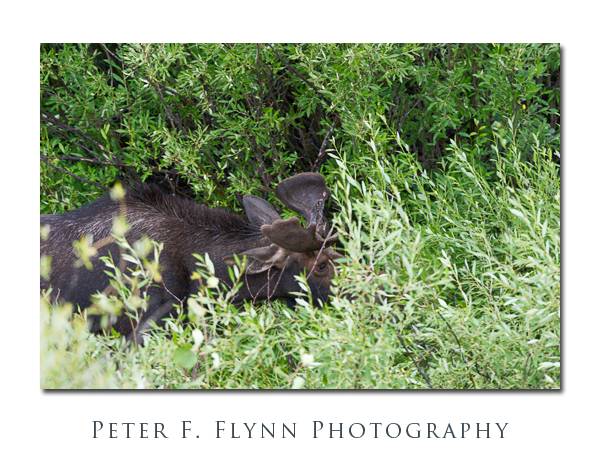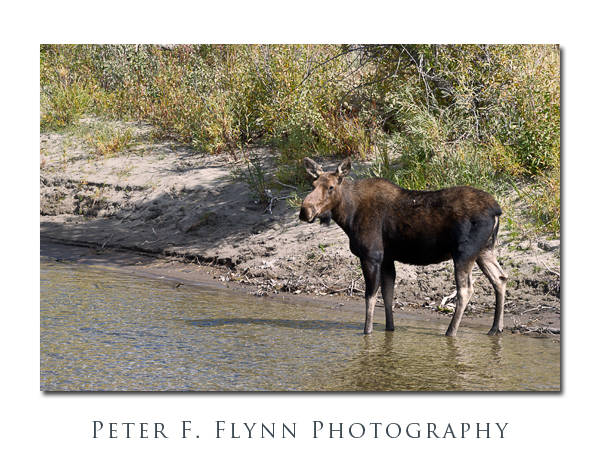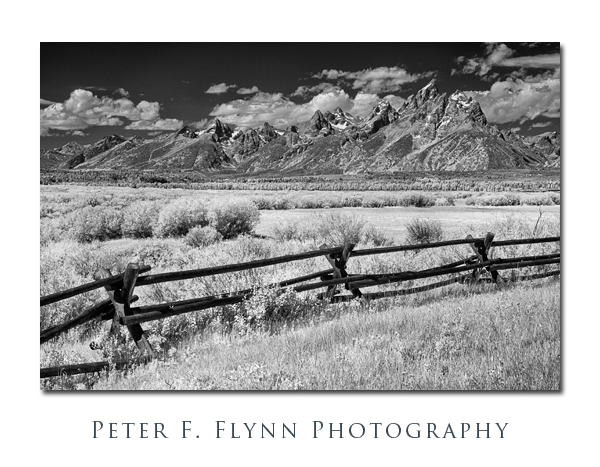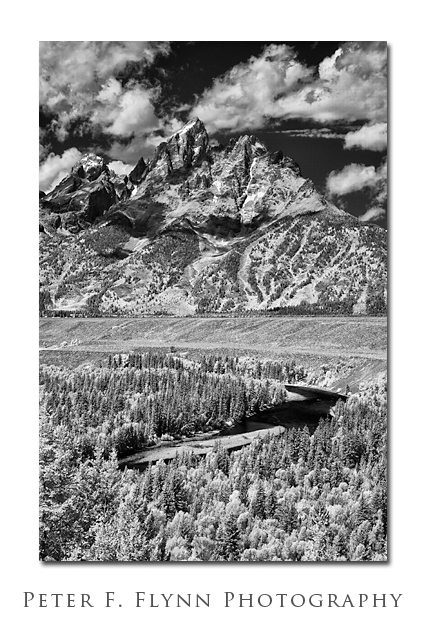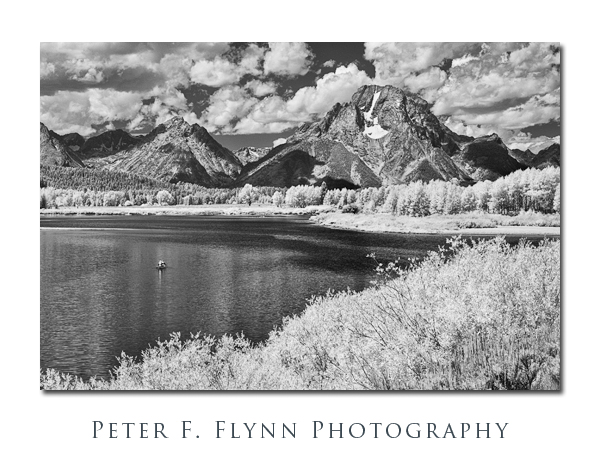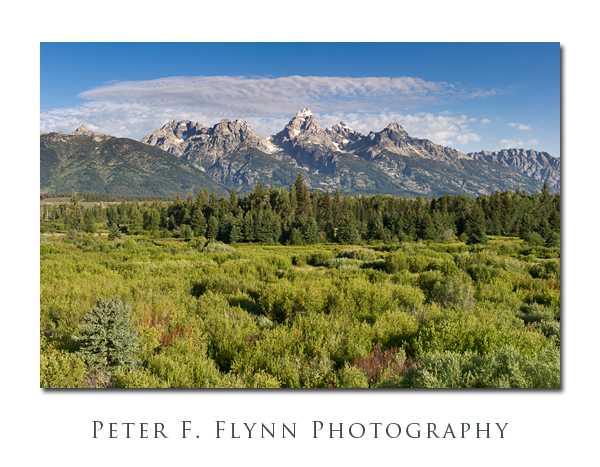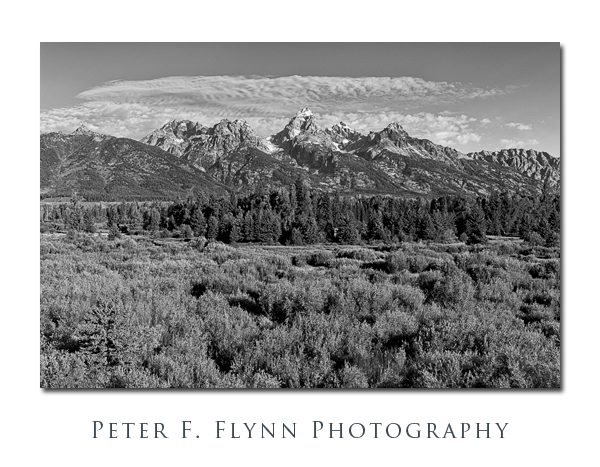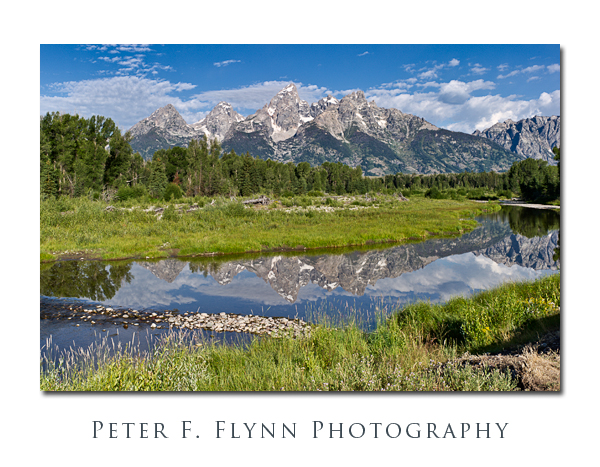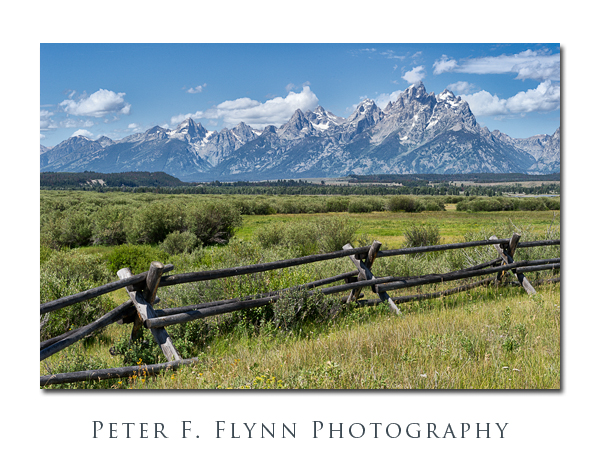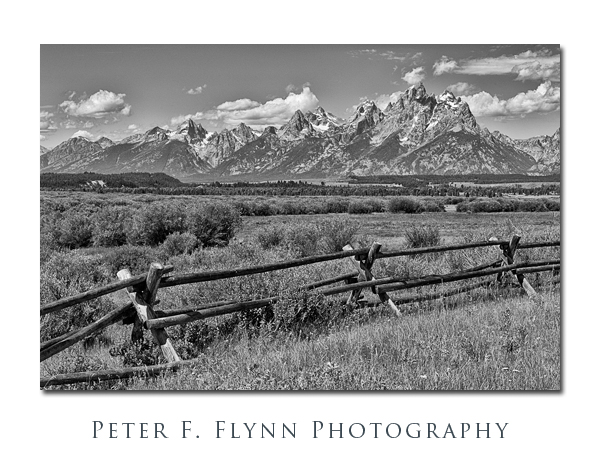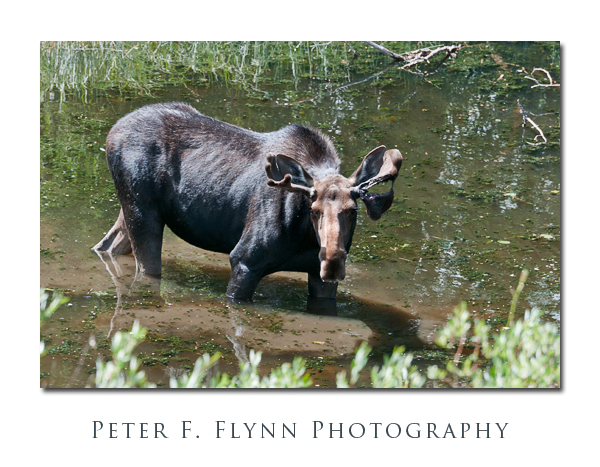 I’ve been reviewing images recorded over the past year, and adding keyword and captions using Photo Mechanic (stay tuned for a review). In the process of reviewing images I noticed that without a single exception, in dozens of encounters with Moose, I always find them either in or very near water.
I’ve been reviewing images recorded over the past year, and adding keyword and captions using Photo Mechanic (stay tuned for a review). In the process of reviewing images I noticed that without a single exception, in dozens of encounters with Moose, I always find them either in or very near water.
The images of the bull Moose were recorded at around 15:00 MDT on August 8, 2010 near Jackson Lake Lodge in Grand Teton National Park, using the Nikon D300 and the AF-S VR Zoom-NIKKOR 70-300mm f/4.5-5.6G IF-ED lens at 300mm (450mm effective). Exposure was f/8 at 1/200s, ISO 400. There were literally hundreds of people observing this Moose.
Moose are the second largest land animals – only Bison are larger – and bulls can grow to nearly 7 feet in height and weight over 700 lbs. The Moose found in the western lower 48 states is the Shiras subspecies: Alces alces shirasi (A. a. shirasi). Apparently, the salient behavior of the Moose is dominated by the dietary needs of the animal, which are, unsurprisingly, extraordinary. Adult Moose need to consume around 10, 000 calories per day to maintain their body weight. In addition, the need for sodium supplementation in their diet motivates them to engage in two characteristical behavioral traits. First, as aquatic plants contain relatively high amounts of sodium, Moose seek out such plants and are thus often found in or near water. Secondly, where natural sources of salt are unavailable, Moose will favor man-made sources of sodium, which largely consist of excess salt found near the edges of roadways. The proximity of Moose and cars often to disastrous results for both the driver and animal alike (a recent car-Moose encounter in northern Utah is described here).
The images of the cow (above) and bull (below) were recorded at around 10:00 on September 23, 2010 near the bridge just east of the Moose Visitors Center, Grand Teton National Park, using the Nikon D3s and the AF-S VR Zoom-NIKKOR 200-400mm f/4G IF-ED lens at 400mm. Exposure was f/8 and 1/1250s, ISO 1000. As with the Moose we saw early in the year near Jackson Lake Lodge, there were were literally hundreds of people viewing these two animals.
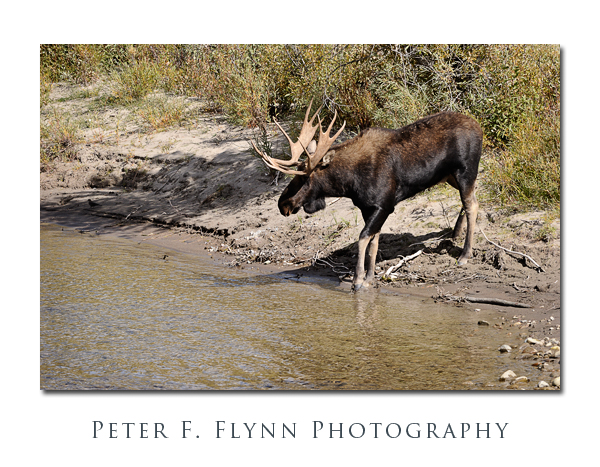 Copyright 2011 Peter F. Flynn. No usage permitted without prior written consent. All rights reserved.
Copyright 2011 Peter F. Flynn. No usage permitted without prior written consent. All rights reserved.
